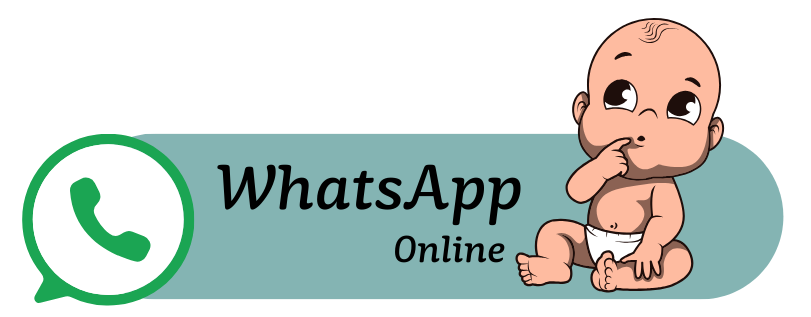BLOG
🦠 Urinary Tract Infections (UTIs) in Babies and Children: Signs, Diagnosis, and Treatment
🎯 “My baby has a fever but no cough or runny nose. The doctor wants a urine test — could it really be a UTI?”
Yes, it could.
Urinary tract infections (UTIs) are among the most common infections in infants and young children. Especially under age 2, fever may be the only sign.
If not diagnosed and treated early, UTIs can lead to kidney damage.
In this article, you’ll learn how to recognize UTIs, how they are diagnosed, and what parents need to know about treatment and follow-up.
⸻
📌 What Is a UTI?
A urinary tract infection occurs when bacteria enter the urinary system, affecting one or more parts of the tract:
• Bladder (cystitis)
• Urethra
• Ureters
• Kidneys (pyelonephritis – more serious)
UTIs are:
• More common in girls
• But also seen in baby boys, especially in the first months of life
⸻
🔍 What Are the Symptoms of a UTI?
👶 In babies:
• Unexplained fever (above 38°C / 100.4°F)
• Irritability
• Poor feeding
• Vomiting or diarrhea
• Strong-smelling urine or dark-colored diapers
• Sometimes no other symptoms at all
🧒 In older children:
• Pain or burning when urinating
• Urgency or frequent urination
• Belly pain or lower abdominal discomfort
• Daytime or nighttime wetting
• Blood in the urine
• Foul-smelling urine
⸻
🧪 How Is a UTI Diagnosed?
Diagnosis involves:
• Urinalysis (looking for white blood cells, nitrites, bacteria)
• Urine culture (to identify the specific bacteria)
🚼 How is the urine sample collected?
• Infants in diapers: A sterile urine bag may be used initially, but catheterization or suprapubic aspiration is more accurate if a UTI is suspected
• Toilet-trained children: A clean midstream sample is collected
Additional tests may include:
• Blood tests, if child is very ill
• Kidney and bladder ultrasound, especially after the first febrile UTI
• Voiding cystourethrogram (VCUG) if reflux or abnormalities are suspected
⸻
💊 How Is It Treated?
Treatment depends on the child’s age, general condition, and infection severity:
• Mild UTIs: Oral antibiotics at home
• Severe or febrile UTIs: IV antibiotics in the hospital
• Symptoms usually improve within 24–48 hours of starting antibiotics
• 7–10 days of treatment is typical
⸻
🔁 Why Do Some Children Get Recurrent UTIs?
Some children are more prone to repeat infections due to:
• Vesicoureteral reflux (VUR): urine flows backward toward the kidneys
• Congenital abnormalities in the urinary system
• Constipation
• Poor hygiene habits
• Family history
⸻
🩺 When Should You See a Doctor?
Don’t delay if your child has:
• Fever with no clear cause
• Strong-smelling urine or unusual diaper odor
• Crying during urination
• Accidents after potty training was already established
• History of previous UTI
UTIs can progress quickly — especially in infants.
⸻
💡 Tips for Parents
✅ Ensure good hygiene during diaper changes
✅ Teach girls to wipe front to back
✅ Prevent constipation
✅ Encourage regular bathroom breaks
✅ Offer plenty of fluids throughout the day
✅ Watch for signs of new accidents in potty-trained kids
⸻
📌 Final Thoughts
Urinary tract infections in children are treatable but should never be ignored.
Since fever may be the only symptom — especially in babies — parents and pediatricians must always keep UTIs in mind during the evaluation.
🩺 If you’re in İzmir and your child has had a UTI or shows any related signs, I’d


